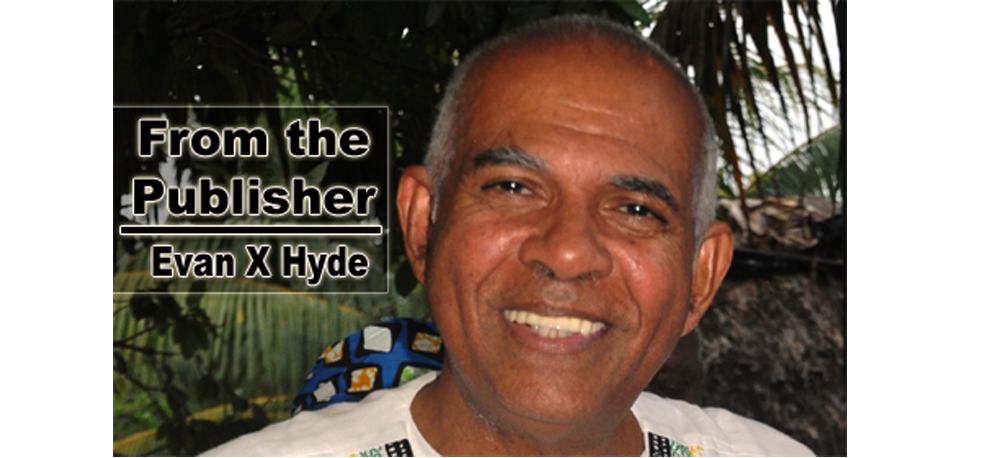In last Friday’s column, which I had thought was the last effort on my part to provoke you into reading about the Caste War, I mentioned how hard I had worked on Nelson Reed’s opening chapter, in order to condense and paraphrase and stuff like that. His opening chapter is about the Ladino world in the Yucatan at the time of the 1847 Caste War explosion.
On Sunday, however, I was doing a little fiddling around with Mr. Reed’s second chapter, about the Mazehual world in 1847. It is a shorter chapter, and it mentions an incident at Quisteil in 1761. There are reasons we Belizeans were not taught about the Caste War in school, and Quisteil is one of them, I believe.
What follows in italics is a direct quotation from Nelson Reed’s book, second chapter:
For a large majority of the Mazehual, tied by family or habit to the land, the white man became a more regular presence in the years following independence. He had the power to question the Mazehual at will or make him kneel to kiss his hand; he could demand to be transported for miles in the colche or insist that his baggage be carried on a tumpline. In addition, the Mazehual saw their sacred corn trampled and smashed by unfenced cattle, their very land stolen away. And they had no recourse when their women were sexually exploited.
The byproduct of this exploitation, the child of mixed blood, had a particular price to pay. Inheriting to an extent his or her father’s world, the child could be despised in that world because of the mother’s genes. Such a man was Bonifacio Novelo, blue-eyed and “lighter than the generality of the natives.” Growing up poor in the San Juan barrio of Valladolid, he had little choice but to side with the Maya. He wrote in the Maya language, not only to native leaders, but also in the one known letter addressed by him to a white officer. There were more like him — Felipe Ayala, Pedro Encalada, Jose Maria Barrera, and others. Were they to be considered white or Indian? Circumstances would decide.
The Mazehual had not always been docile in the face of such treatment. He had fought against the original invader and then in a series of bloody revolts until he was powerless to do more. The most recent uprising had come in 1761 at Quisteil. A merchant was killed during a fiesta, and the local priest had fled to Sotuta with the cry of rebellion. The twenty-man posse sent to arrest the murderers walked into an ambush and lost half their number, including their commander, and what probably began as a drunken riot became something else. Committed by this act, Jacinto, the batab of Quisteil, fortified his village and assembled fifteen hundred men from his own and neighboring villages. He then changed his name to Can Ek, after the pagan ruler of the Itza nation in the Peten who had been conquered only sixty-four years earlier. Living in isolation in the jungles of Guatemala, the Itza had avoided Spanish domination for almost two centuries, and during that time had provided sanctuary for fugitives from Yucatan. The books of CHILAM BALAM had prophesied that a king of the Itza would one day return and drive the foreigners into the sea.
To the name Can Ek, Jacinto added the title of king; he was crowned in Quisteil, using regalia from the santos in the church there, and offered himself as the fulfillment of the prophecy. His reign was short. Two thousand well-armed dzulob converged on Quisteil within a week, took the place by assault, and slaughtered five hundred Mazehual. Can Ek escaped that day but was captured soon after and marched up to Merida with the other prisoners. The vengeance was brutal. He was drawn and quartered in front of the cathedral, his bloody fragments burned, the ashes scattered to the winds. Eight others were garroted, two hundred received two hundred lashes and had an ear cut off to mark them as rebels (if they survived the lashes.) This was the end of Jacinto Can Ek and his kingdom, but not the end of memory; the story was passed on to the third generation and was well remembered in 1847.

